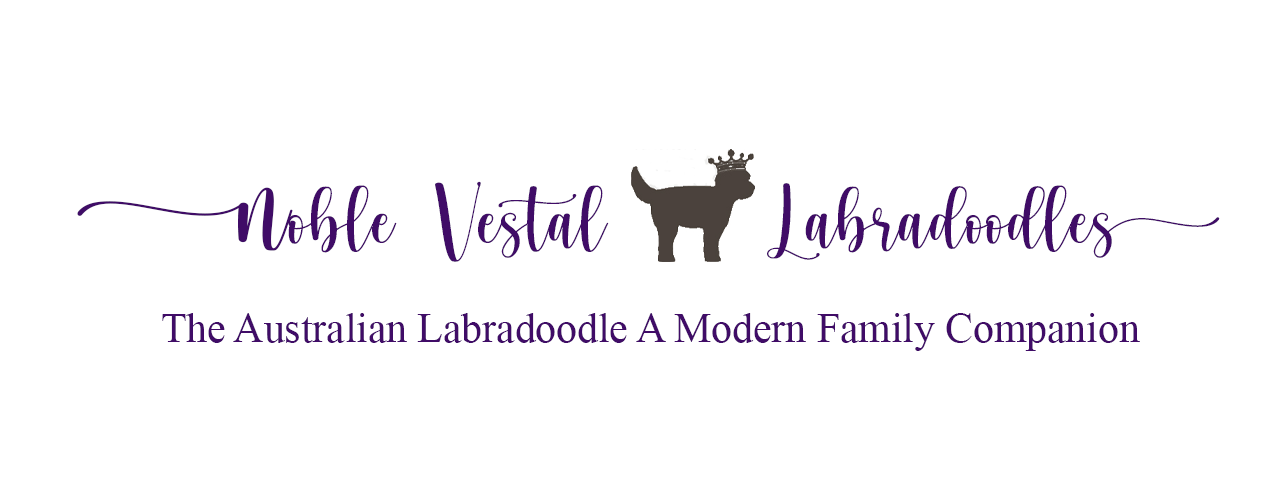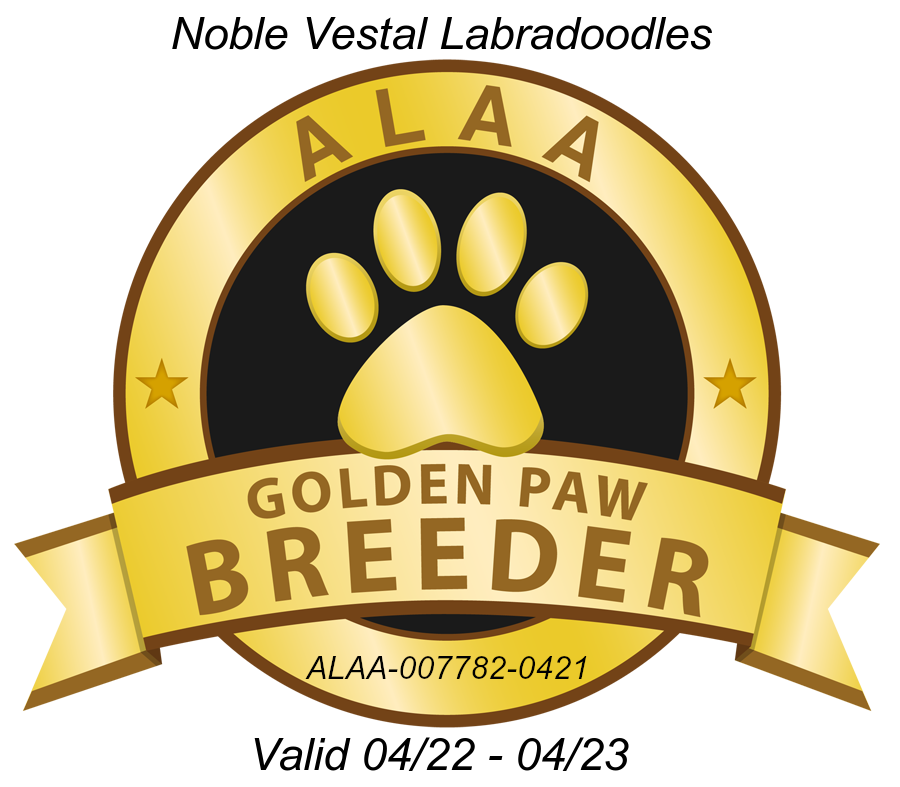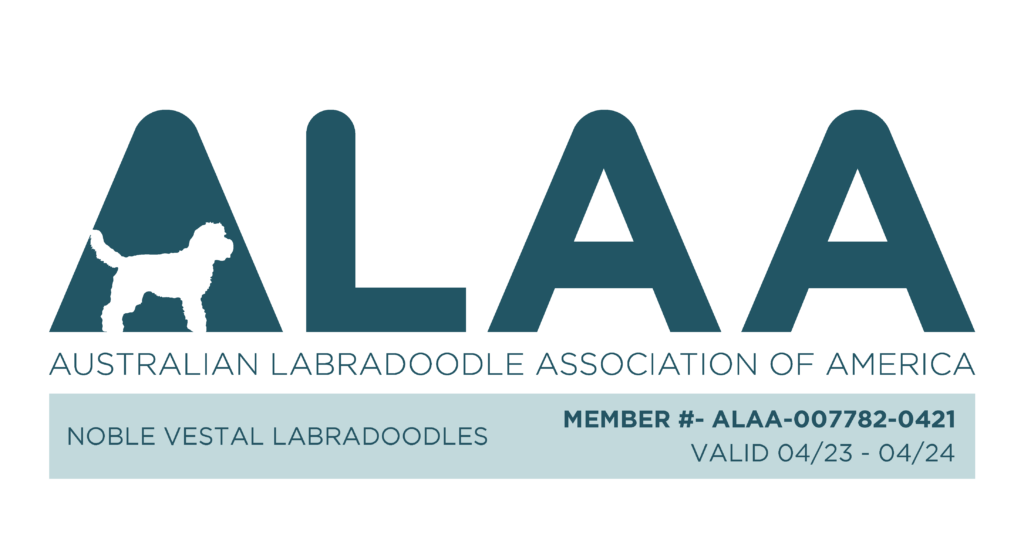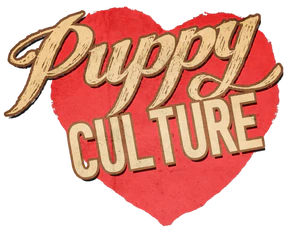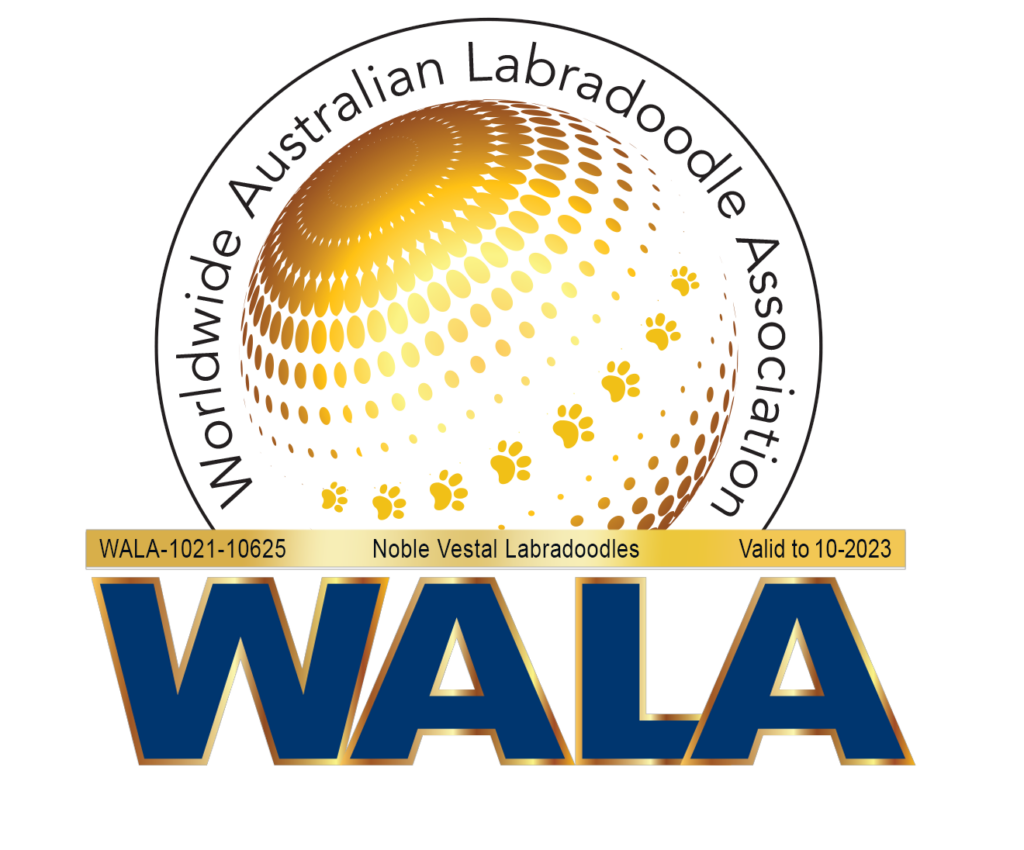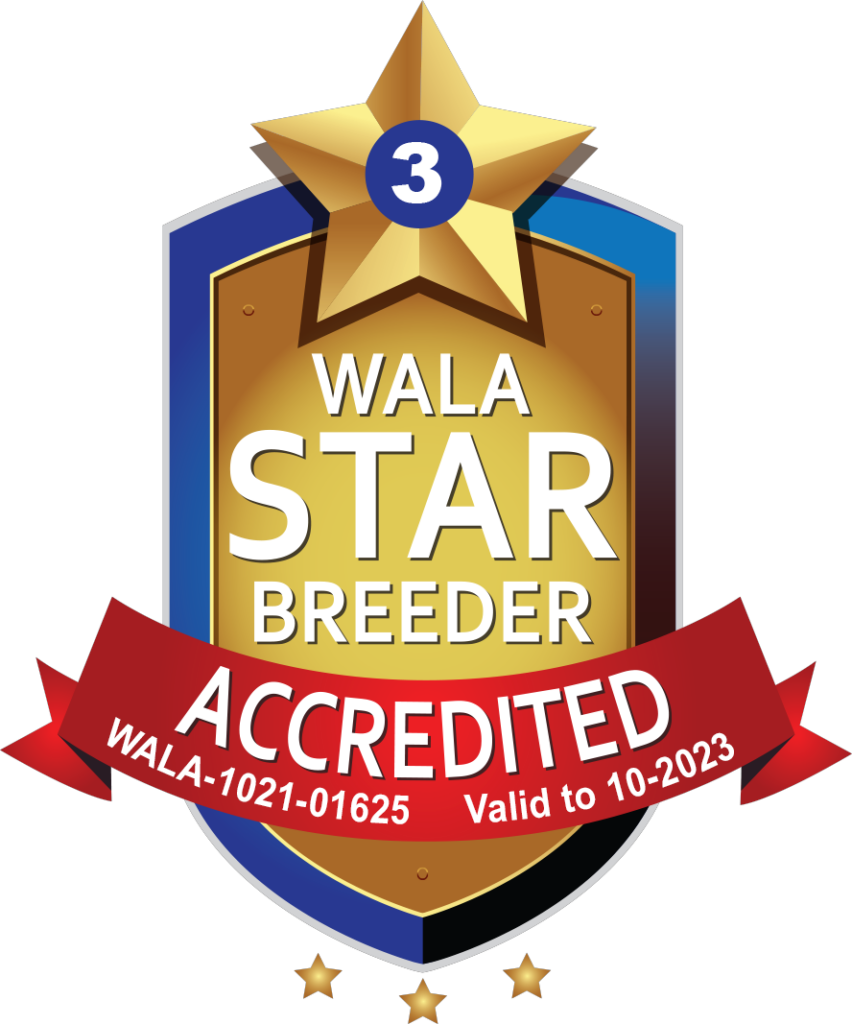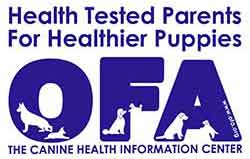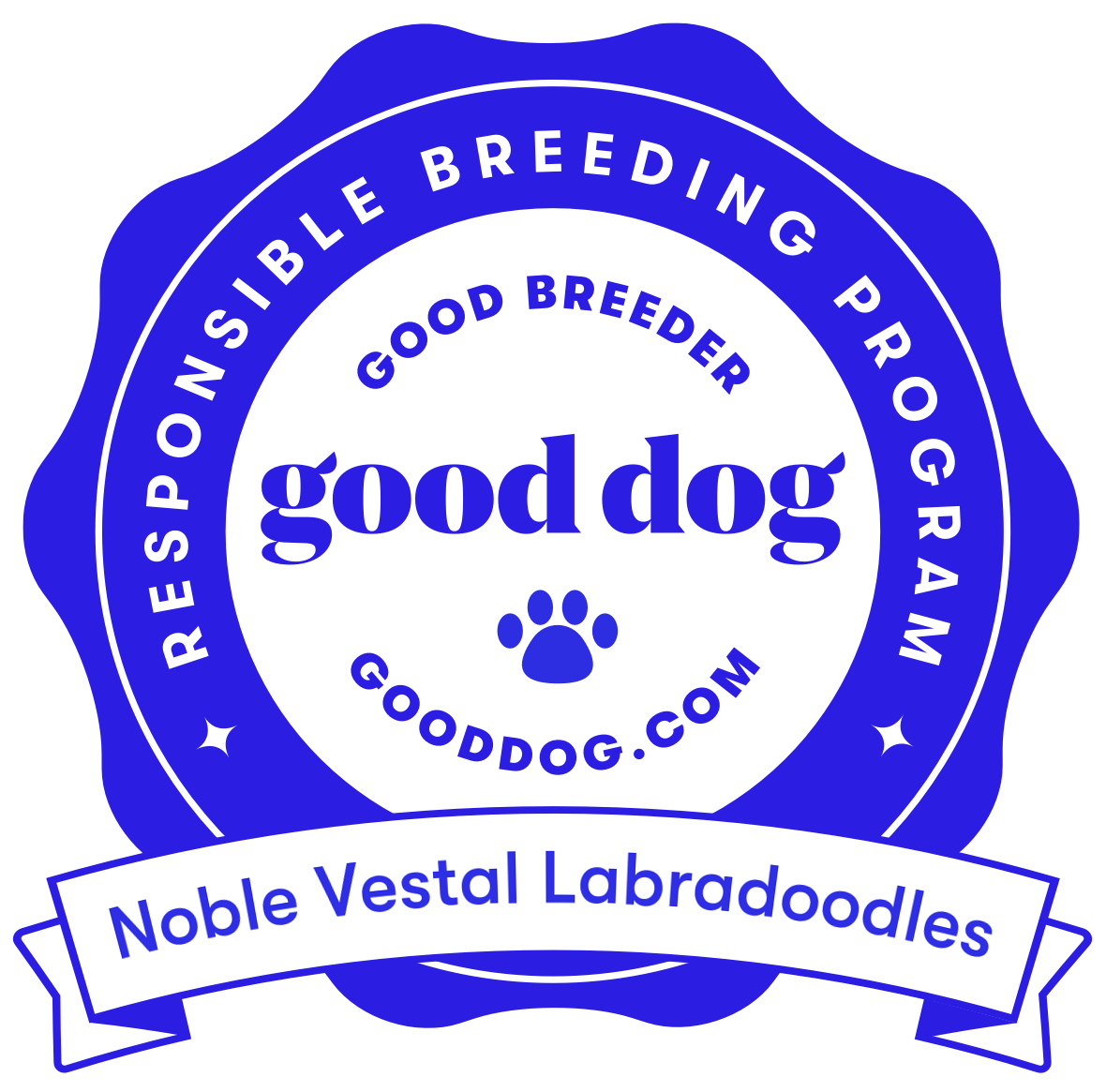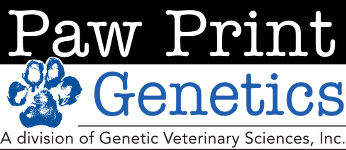The topic of what to feed your dog is as controversial as it is interesting.
I wish to begin this topic by saying that I am not a professional canine nutritionist and I am not an expert. I am simply sharing what I have learned from those I consider to be experts along with my own experience with my dogs. My purpose in sharing this information is to cause you to examine your pet’s diet and assess it’s quality. If you are considering switching your dog to a raw diet please consult with your holistic veterinarian. The information on this website does not take the place of a veterinarian’s advice. I have not been compensated in any way by any of the companies that I mention on this website.
For many years now the mainstay of a canine diet has been the bag of kibble. This dry, hard, crunchy substance is supposed to meet a dog’s daily requirements, but is this really good for your dog for his entire life? What’s really in there? Can you even pronounce most of those ingredients? Would you want to eat hard, crunchy anything day after day, year after year? How could that kind of diet possibly be good for any living thing?
Don’t get me wrong, I’m not anti-kibble. I’m just pro real food and variety for my dogs.
Recently there has been much published information about kibble and it’s pros and cons. The big name brands fall into the con column in my opinion. There have been reports of some dog food companies using questionable ingredients – some of these questionable ingredients being diseased animals and euthanized pets sold to rendering companies. This kind of reporting should make you want to investigate exactly you’re putting into your dog. Dog food companies boast that their foods provide a “complete balanced diet” and I’m sure in some scientific study of weights and percentages that’s a true statement. But most kibbles have high filler content such as corn, wheat and soy, (which many dogs are allergic to) chemical preservatives, and who-knows-what-else, all of which really seem foreign to a healthy diet. These ingredients are inexpensive and that makes them cost effective for the company bottom line. But sometimes a company doesn’t have to go far to get cheap ingredients. Many dog food companies are owned by large conglomerates that own several companies that produce foods for humans. They simply use the waste from that company’s production in their dog foods.
Why not consider feeding your dog something that is more suitable to an omnivore’s natural needs? How about feeding him real meat, bones, vegetables, fruits and just a few whole grains? You know – real food! There are many choices for feeding your dog now besides your run of the mill grocery store kibble. There’s quality kibble made by small companies who use really high quality ingredients, there’s canned foods, freeze dried foods, and also there’s home made and raw feeding too.
Raw Meat?
While some dogs may not be good candidates for a raw diet, for most, this natural diet can be very beneficial. This type of feeding is sometimes called B.A.R.F. (Biologically Appropriate Raw Food). It’s not as simple as simply throwing your dog a steak, chicken neck or hamburger and should be researched thoroughly to make sure you understand how to best feed your dog. Also, careful consideration should be given to proper handling of any raw meat. Raw vegetables are also an excellent source of nutrition for your dog. They make healthful snacks and give your dog some vital nutrients that are missing in processed food. If you’d like to give a raw diet a try, I suggest you find a holistic veterinarian or practitioner to help you set up a feeding plan for your dog. And as with any diet change, go slowly!
I’m Not Sure About This Raw Thing. What Are Some of the Good Kibbles?
Some of the smaller companies are definitely setting the benchmark for quality foods. They use the best ingredients and go the extra mile to make sure that they do what they promise. Their foods leave out the filler ingredients such as corn, wheat and soy, use natural preservatives and have short ingredient lists. If you’re going to feed kibble, please choose only the best, most carefully made foods. Do some homework. You’ll need to wade through the claims to get to the truth. Learn to read labels. If corn, wheat, soy are included, pass on it — These unnecessary ingredients are often sources of allergic reactions in dogs. If the protein source isn’t specifically named such as “venison” or “chicken” don’t chance it. (Those questionable protein sources that we mentioned above are simply listed as “meat” and that isn’t false advertising.) If they’ve added color, forget it – your dog doesn’t care what color the food is — that’s for you and you’re not eating it, its just added chemicals. When choosing a kibble, remember, “less is more” meaning the shorter the list of ingredients, the better. The Whole Dog Journal does an annual review of dry, canned, and raw foods. They are a fair source of opinion because they accept no advertising from anyone. I suggest purchasing a subscription and using it as a guide. Also, if you are going to feed kibble as the mainstay of your dog’s diet, change foods every few months, doing it slowly. Consider making meal time exciting for him by adding some meat and vegetables to it! I have listed a few of our favorites below.
Going To the Can
If kibble is the way you feel most comfortable feeding your dog, adding some high quality canned foods are another way of making his food more nutritious, offering him a wider variety, and making mealtime more fun and interesting. Some of these canned foods are really great and look just as good or better than what’s canned for human consumption! Our favorites are listed below.
Frozen Assets
In trying to meet the needs of those who desire to feed a raw diet, but are concerned about not knowing what to feed, some companies have begun to make frozen raw diets. These diets contain raw meat, vegetables, fruits, EFA’s, and bones. So, if you want to feed a natural diet but want convenience, one of these diets may be right for your pet.
Home Made
Some people have gone right back to the basics and feed their dogs just like our grand parents did. They give them meat scraps, vegetables and raw bones. Their dogs eat what their people eat, like one big happy family. Others opt for a more carefully planed out diet that they have worked out with their vet or nutritional counselor that consists of lightly cooked meat, vegetables and some whole grains. This way they know exactly what their dog is getting. This offers peace of mind about content without feeling concerned about feeding raw.
Tricks or Treats?
Most commercial treats are just junk food. But, as pet owners have become savvier about nutrition, there is a growing trend toward making healthy treats for dogs and again, it’s the smaller companies that have risen to the top in this category too. I usually give fruit or vegetables for treats but I do feed Nigel and Divot a few carefully chosen commercially made treats or some really wonderful specialty shop treats. See our “Products We Like” section for their favorite healthy treats.
Final Thoughts
How does knowing any of this help you feed your dog? Take a lesson from nature. Consider feeding him a diet that contains fresh meat, vegetables, a few grains, EFA’s, and several times a week, give him a raw bone to help clean his teeth.* I have alternated between feeding Nigel and Divot a fresh home made diet, a frozen raw diet, and I also give them quality kibble. What you decide to feed your dog is a personal decision. This decision must be made based on much research and thought.
*No amount of chewing crunchy kibble, treats or bones will keep every dog’s teeth clean and tarter free. Sometimes you just can’t fight genetics. While your dog is still a puppy, incorporate daily brushing of his teeth as part of your routine and your chances of needing to have his teeth cleaned lessened. Anything you can do to lessen the chances of your Norwich needing anesthesia is an asset to his health. Never leave your dog unattended when he or she is chewing a bone or other chew treats.
For recipes for making your own dog food
Consult with a holistic veterinarian
Dr. Pitcairn’s Complete Guide to Natural Health for Dogs & Cats (Rodale Books).
Highly Rated Frozen Raw Foods
Nature’s Variety
Aunt Jeni’s Made 4 Life
The Honest Kitchen Dehydrated Raw
Some highly rated kibbles
Life’s Abundance WE TRANSISTION TO THIS FOOD AT 7 WEEKS OF AGE FROM RAW
EVO
Nature’s Variety
Wellness
Solid Gold
Merrick Pet Foods
Some highly rated canned foods
Life’s Abundance
Nature’s Variety
Merrick Pet Foods
Halo Purely For Pets
